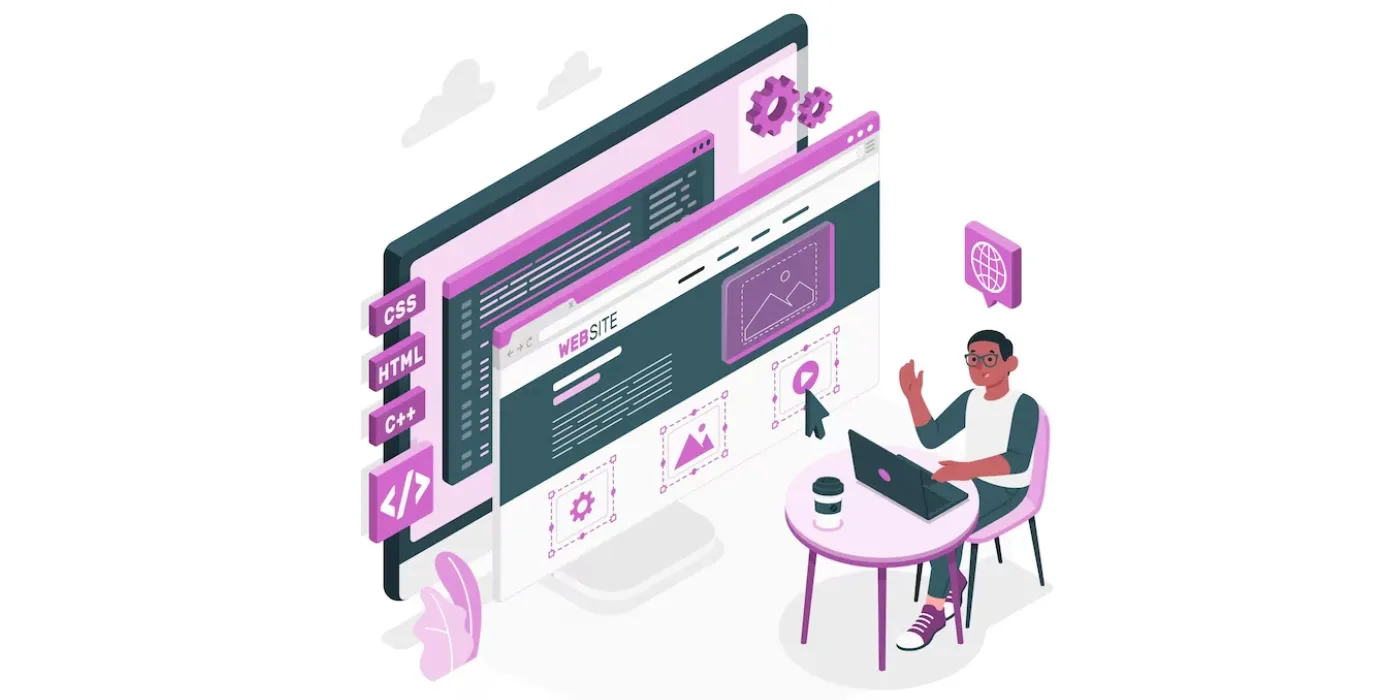In today’s digital age, APIs (Application Programming Interfaces) play a pivotal role in enabling seamless interactions between various software applications. They are the unsung heroes behind the scenes, allowing data and services to flow effortlessly across the internet. However, maintaining the reliability and availability of APIs is paramount for the success of any modern business. This is where API uptime analytics comes into play, helping you ensure that your APIs are up and running smoothly. In this article, we will explore the significance of API uptime analytics and provide tips on how to employ it effectively.
Importance of API Uptime Monitoring
The primary goal of API uptime analytics is to minimize downtime. Downtime can result in frustrated users and lost revenue. By monitoring uptime, you can take proactive steps to prevent disruptions.

A reliable API translates to an enhanced user experience. Users depend on consistent access to services, and an unreliable API can erode trust and satisfaction.
API downtime can directly impact your bottom line. E-commerce sites, for instance, can lose significant sales during downtime. Monitoring uptime helps protect your revenue streams.
Mitigating Reputation Risks: Reputation is a fragile asset. When your APIs are down frequently, your brand’s reputation can suffer. API uptime analytics helps you safeguard your company’s image.
Key Metrics for API Uptime Analytics
Response Time Analysis
Response time refers to the total time it takes for an API request to be made, processed, and a response received. Understanding the difference between response time and latency is crucial.
Slow response times can lead to a poor user experience. Monitoring and optimizing response times are essential for ensuring your API meets user expectations.
Error Rate Monitoring
Monitoring the error rate of your API can help you quickly identify anomalies and issues that need attention.
Different error codes provide insights into the nature of API failures. Analyzing error codes can expedite troubleshooting and resolution.
Scalability Assessment
APIs must be able to handle spikes in traffic without compromising performance. Scalability assessments help you prepare for traffic surges.
As your user base grows, your API must scale accordingly. Monitoring scalability helps you plan for future growth and expansion.
Implementing Effective API Uptime Analytics
Choosing the Right Tools
Consider using dedicated API monitoring platforms that offer comprehensive features and integrations.
In some cases, custom monitoring solutions tailored to your specific needs may be more suitable.
Setting Up Monitoring Parameters
Determine how often you want to check the uptime of your API. Frequent checks offer real-time insights, but they can also consume resources.
Set alert thresholds carefully. Too many false alarms can be disruptive, while missing critical issues can be costly.
Real-time vs. Periodic Monitoring
Understand the advantages and disadvantages of real-time monitoring versus periodic monitoring, and choose the approach that aligns with your business objectives.
Real-time monitoring can be resource-intensive. Ensure that your monitoring approach strikes a balance between accuracy and resource utilization.
Actionable Insights from API Uptime Analytics
Identifying Performance Bottlenecks
Endpoint Analysis: Pinpoint performance bottlenecks at specific endpoints, allowing you to focus your optimization efforts effectively.
Third-party Dependencies: Identify dependencies on external services or APIs that may be contributing to downtime or performance issues.
Predictive Maintenance
Early Warning Signs: API uptime analytics can provide early warning signs of potential issues. Addressing these signs can prevent major failures.
Preventing Failures Proactively: Use predictive maintenance techniques to proactively prevent API failures before they disrupt your operations.
Continuous Improvement
Feedback Loop: Establish a feedback loop between monitoring insights and development teams. Continuous improvement should be a core part of your API management strategy.
Iterative Development: Leverage insights from API uptime analytics to guide iterative development and optimization of your APIs.
To make use of it, you must first:
- Go to Uptimeapicloud and simply click on the button “Start monitoring with 30-day Free Trial” to start using the API.
- After signing up in Uptimeapicloud, you’ll be given your personal Trail. Click on the Monitors option.
- Click on the New Monitor button and add the API details with the API name and URL.
- Once you are done, make the API call by pressing the button “Create” and see the results on your screen.
Here’s the Example:
Conclusion
In conclusion, API uptime analytics is not just a technical necessity; it’s a strategic advantage. By employing these tips and embracing the power of uptime monitoring, you can ensure the reliability of your APIs, protect your business operations, and deliver exceptional user experiences. Stay vigilant, adapt to changing demands, and let data-driven insights be your guide to API success.

